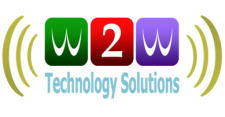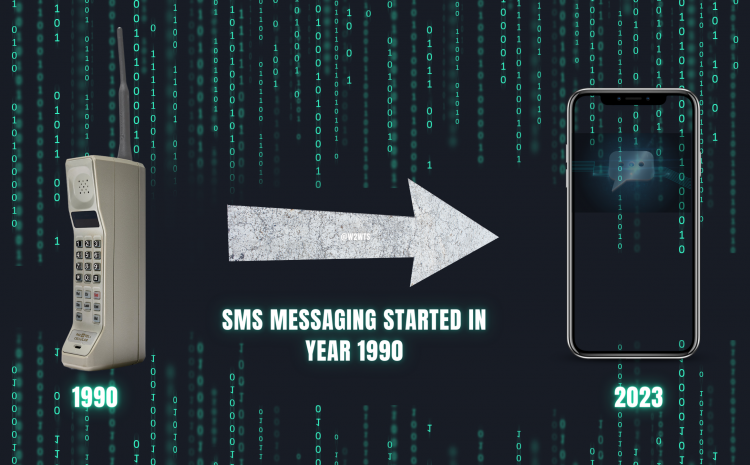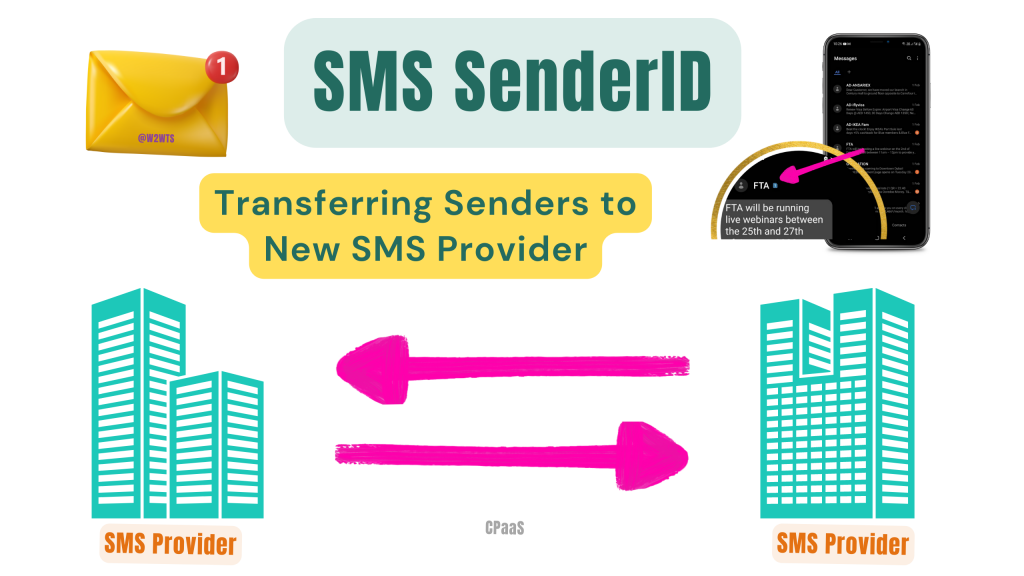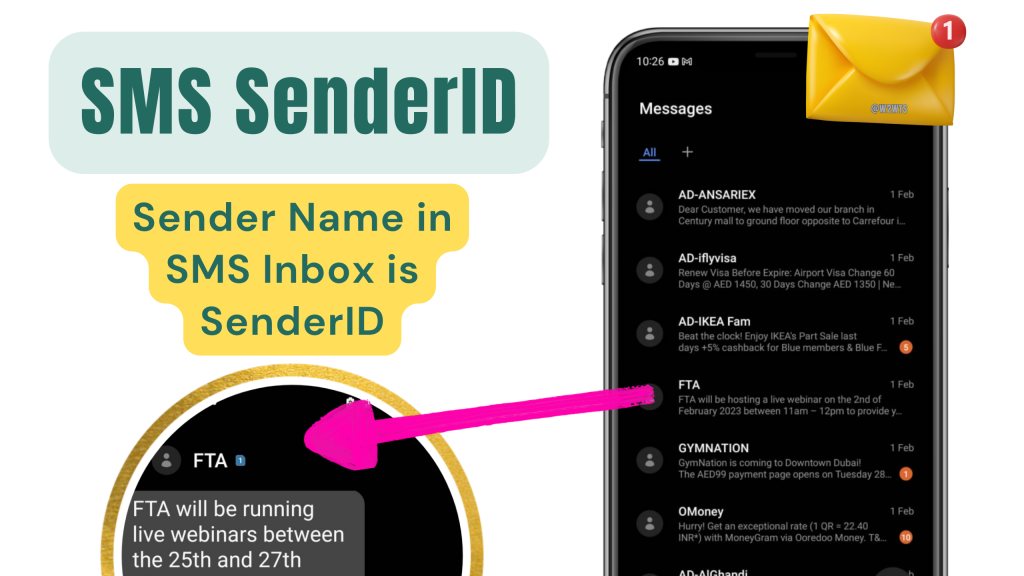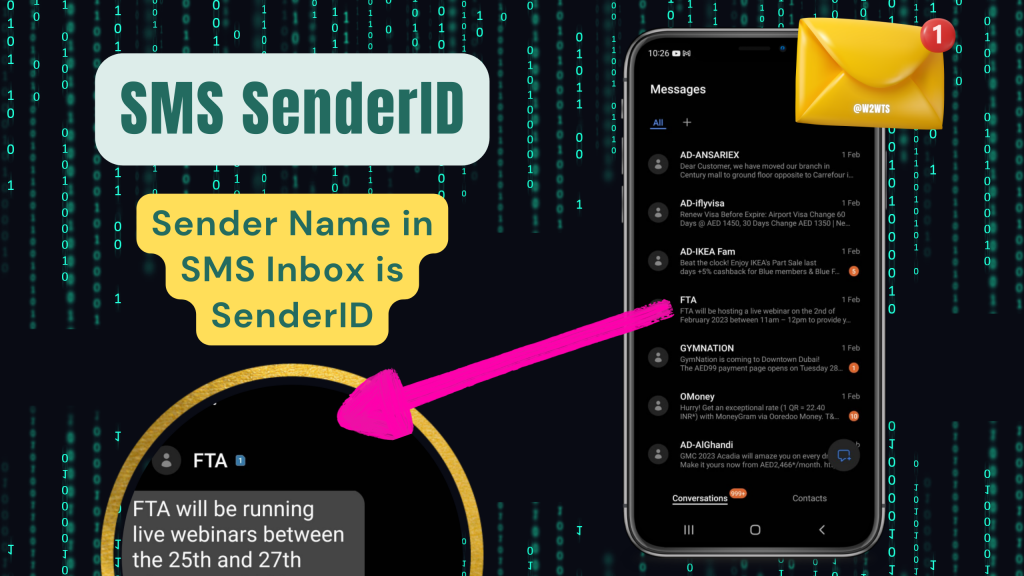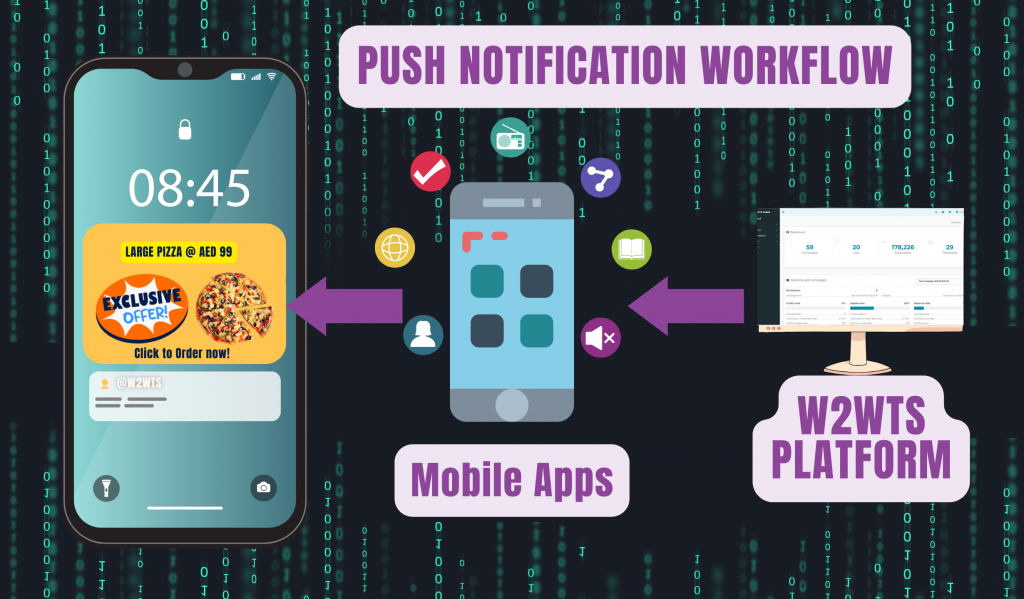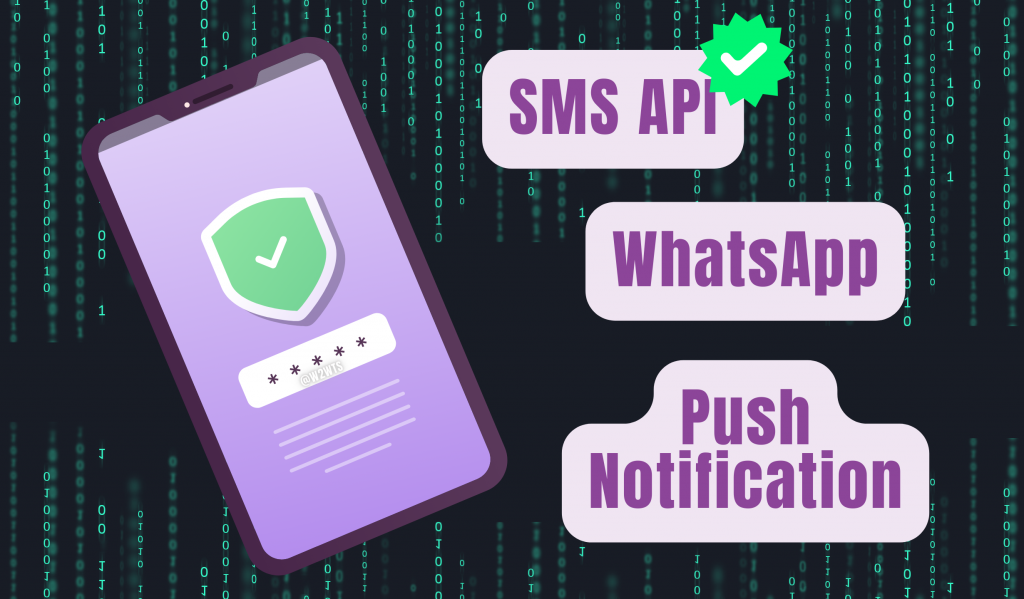The History of SMS Messaging
Short Message Service, commonly known as SMS, was first introduced in the early 1990s as a way for mobile users to send short text messages to each other. At the time, the service was limited to 160 characters, which was the maximum length of a message that could be transmitted over the mobile networks of the time. As the years went by, the technology improved and the number of characters that could be sent in a single message increased. Today, SMS is a widely used communication method that is supported by nearly every mobile device and mobile network around the world.
SMS has a rich and interesting history, which begins in the early days of mobile communications when text messages were sent via the Short Message Service Centre (SMSC). Over time, the technology evolved and the SMSC was replaced by more advanced messaging gateways that allowed users to send messages between different networks. This led to the widespread adoption of SMS, which became the preferred method of communication for many mobile users.
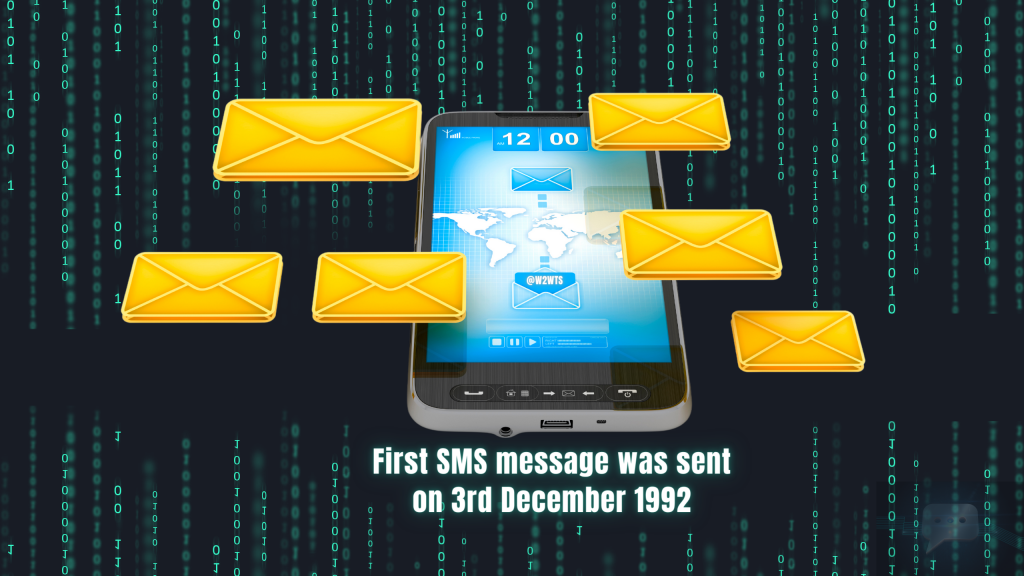
As the popularity of SMS grew, so did the number of applications and services that were built around it. Today, SMS is used for a variety of purposes, including mobile number validation, OTPs, transactional notifications, personal communication, marketing and promotions and customer service. It is also used as a secure messaging platform for banks and financial institutions, as well as for emergency services and other critical applications.
SMS is one of several messaging platforms available to businesses today, but it is unique in several ways. One of the key differences between SMS and other messaging platforms is its reach. SMS is supported by nearly every mobile device and mobile network around the world, making it a highly accessible communication method. In comparison, other messaging platforms, such as instant messaging, are only available to users who have installed the appropriate software or app on their device.
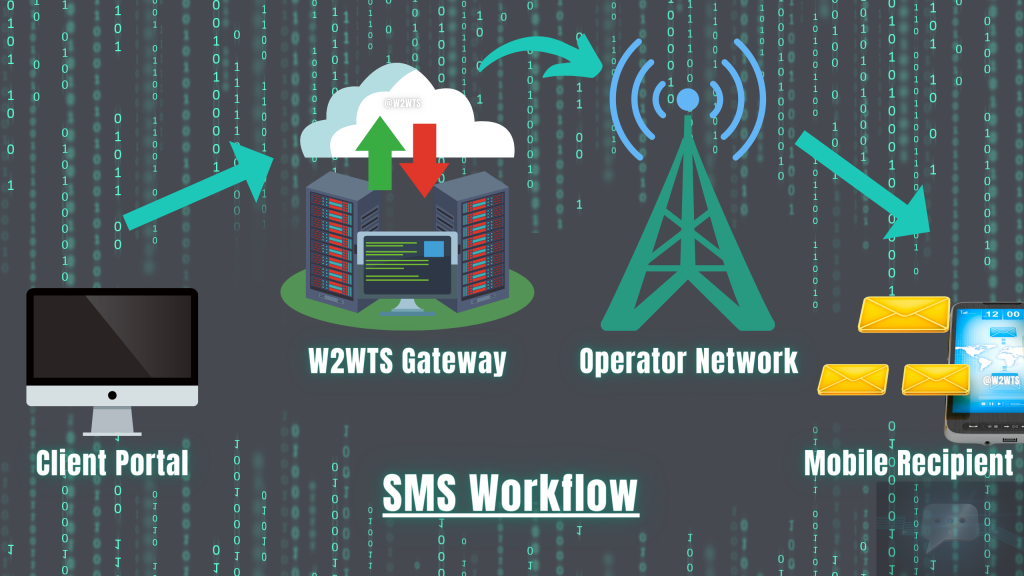
W2WTS Connected to Mobile Network Operators via SMPP Protocol. Short Message Peer-to-Peer. It is a protocol used for exchanging SMS messages between Short Message Service Centers (SMSCs) and External Short Messaging Entities (ESMEs). It allows for sending and receiving SMS messages, and supports a variety of messaging services such as 2Way messaging, Mobile Terminated (MT) messages, Mobile Originated (MO) messages, and message delivery receipts. SMPP is widely used in telecommunications and mobile messaging, especially for bulk SMS messaging.
SMPP is an open, industry standard protocol that enables the exchange of SMS messages between SMSCs and ESMEs. It was designed to be a high-performance, flexible, and reliable protocol for sending and receiving SMS messages.
SMPP has been through several versions over the years, with each version adding new features and capabilities. The most commonly used versions of SMPP are:
- SMPP v3.3: This is the original version of SMPP and is widely used for basic SMS messaging.
- SMPP v3.4: This version adds support for internationalization, Unicode characters, and enhanced message routing.
- SMPP v5.0: This version adds support for long messages, delivery receipts, and data coding.
The main difference between the different versions of SMPP lies in the features they offer. For example, SMPP v3.3 is suitable for basic SMS messaging, while SMPP v5.0 is more suitable for advanced messaging services that require support for long messages, delivery receipts, and data coding.
In general, the choice of which version of SMPP to use depends on the specific requirements of the messaging application. However, it is important to choose a version that is supported by the SMSC, as well as the ESME.
In addition to the different versions of SMPP, there are also different types of SMPP connections that can be established between an SMSC and an ESME, including Transmitter, Receiver, Transceiver, and Two-Way connections. The choice of connection type depends on the specific requirements of the messaging application and the direction of message flow between the SMSC and ESME.
We at W2WTS support all features of SMPP including different data coding, delivery receipt, multipart concatenated very long messages and 2 way messaging, both Mobile Terminated (MT) and Mobile Originated (MO).
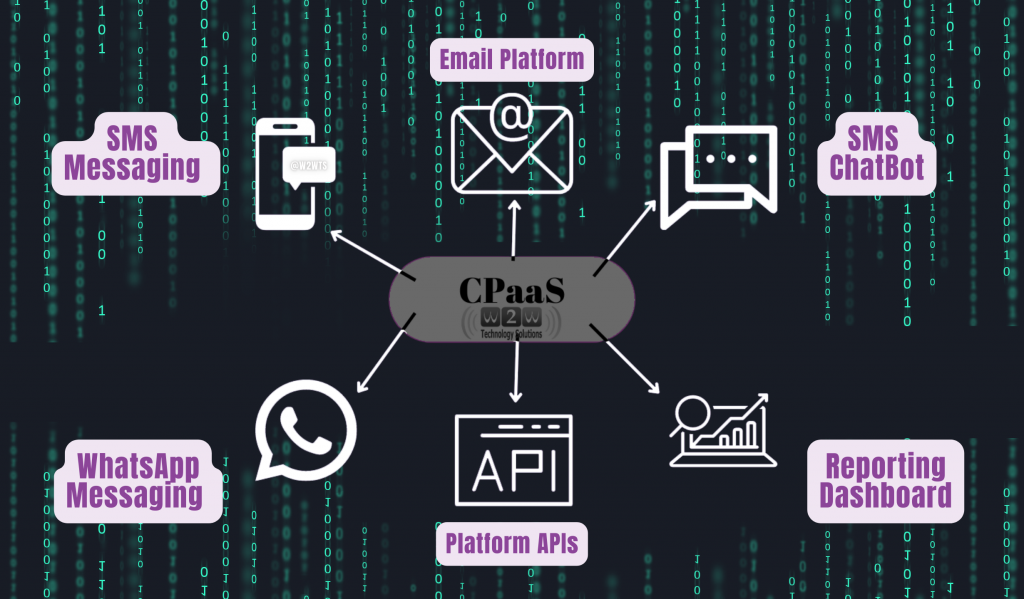
CPaaS (Communications Platform as a Service) began to emerge as a concept in the early 2010s. It is a cloud-based platform that enables developers to integrate real-time communication features, such as voice, video, and messaging, into their applications without needing to build the infrastructure themselves.
SMS (Short Message Service) is a fundamental part of CPaaS because it is a ubiquitous communication channel that enables developers to reach users in a quick and efficient manner. SMS has been around since the 1990s and has become a widely adopted method of communication, especially for businesses that need to communicate with their customers.
By incorporating SMS into CPaaS, developers can create applications that leverage SMS as a primary communication channel with the help of W2WTS SMS APIs. For example, they can build SMS-based chatbots, time critical notifications that allow users to interact with businesses through text messaging or create automated SMS notifications that keep users informed about important events or notification updates.
In summary, SMS is a critical part of CPaaS because it provides a reliable and widely used communication channel that developers can leverage to build powerful communication features into their applications.
